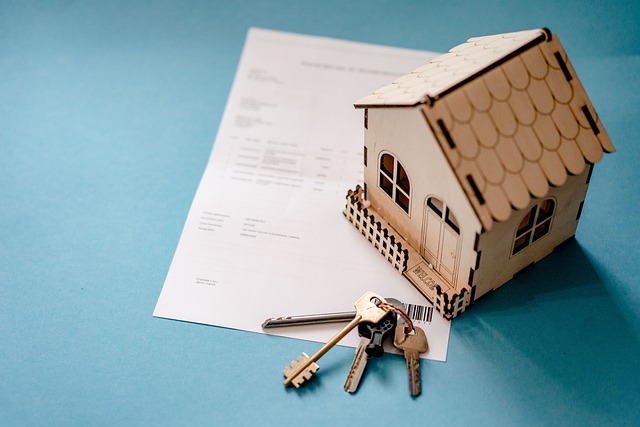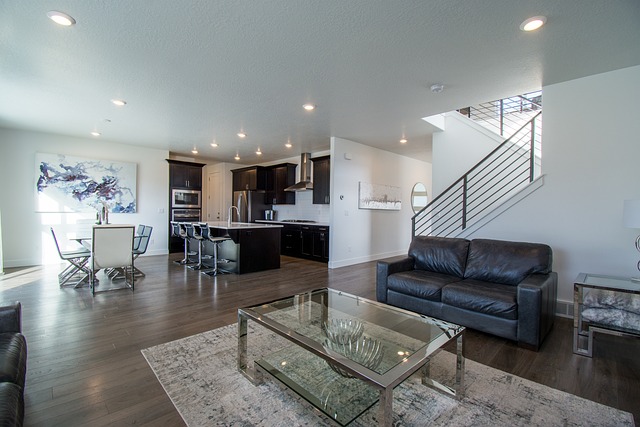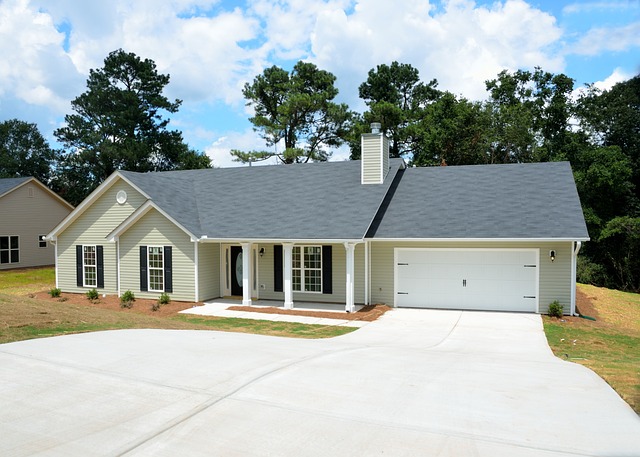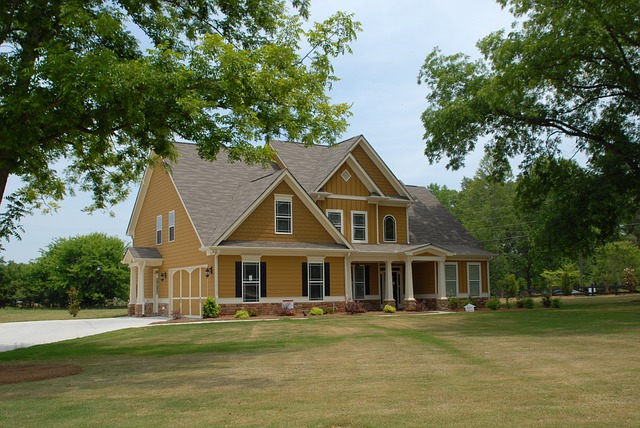After five years, executive condos face surging maintenance fees due to aging infrastructure, requiring buyers to budget for increased upkeep costs. Key expenses include structural repairs, common area maintenance, reserve funds for future replacements, and insurance. Fees evolve with operational costs, technology upgrades, security enhancements, and community expectations. Transparency in fee structures is vital for prospective buyers considering long-term investment. Proactive financial planning, early budgeting, regular reviews, and open communication with management can help mitigate rising maintenance needs over time.
“Unraveling the intricacies of executive condo maintenance fees is crucial for prospective buyers and current owners alike. This comprehensive guide dives into the multifaceted world of these fees, offering a detailed overview after five years of ownership. We explore common components, their evolution over time, and how age influences costs. Additionally, we equip readers with budgeting strategies and negotiation tactics to manage expenses effectively. Long-term financial planning for executive condo owners is also addressed, ensuring informed decision-making.”
- Understanding Executive Condo Maintenance Fees: A Comprehensive Overview
- Common Components of Maintenance Fees in Executive Condos
- How Maintenance Fee Structures Evolve Over 5 Years
- The Impact of Age on Executive Condo Maintenance Expenses
- Strategies for Budgeting and Negotiating Maintenance Costs
- Long-Term Financial Planning for Executive Condo Owners
Understanding Executive Condo Maintenance Fees: A Comprehensive Overview

Maintenance fees for Executive Condos, often referred to as Common Element Fees (CEFs), are crucial aspects of ownership that cannot be overlooked. These fees cover the upkeep and management of shared areas within the condominium complex, including landscaping, exterior maintenance, and common facility operations. Understanding these costs is essential for prospective buyers, especially when considering an Executive Condo after 5 years. Over time, fees may fluctuate based on market conditions, the age of the property, and the level of services provided.
A comprehensive overview should include a breakdown of historical fee trends, any upcoming assessments or capital expenditures planned by the management, and insights into how these fees are utilized. For instance, some Executive Condos after 5 years may have invested in renovative projects, while others might focus more on routine maintenance. Prospective buyers should also be aware of the decision-making processes surrounding fee adjustments and the level of transparency offered by the condominium association.
Common Components of Maintenance Fees in Executive Condos

In the realm of executive condos, maintenance fees are a significant consideration for residents, especially as properties age. After 5 years, several common components often factor into these fees. Firstly, structural upkeep is crucial, covering repairs and replacement of major systems like roofing, plumbing, and electrical installations. These elements ensure the building’s longevity and safety. Additionally, common area maintenance involves keeping landscapes lush, tidying up outdoor spaces, and maintaining amenities such as swimming pools, gyms, or security systems.
Another notable aspect is reserve funds, which are set aside for future repairs or replacements not yet needed but anticipated based on the building’s age and typical wear and tear. This includes major upgrades to critical systems like elevators, HVAC units, and fire safety equipment. Furthermore, insurance costs contribute to maintenance fees, providing coverage for the condo association and its residents against potential liabilities and damages.
How Maintenance Fee Structures Evolve Over 5 Years

Over a span of five years, the landscape of executive condo maintenance fees can undergo significant transformations. Initial fee structures often reflect the novelty and growing popularity of the executive condo concept, resulting in competitive rates that might be lower than traditional condos. However, as time progresses, several factors contribute to fee increases. These include rising operational costs, improvements in facility management technologies, and evolving community expectations. For instance, introducing smart home systems or enhancing security measures can elevate maintenance expenses over time.
The executive condo after 5 years may also see adjustments based on market dynamics and the building’s performance. As properties age, regular maintenance becomes more intensive, leading to higher fees. Conversely, successful community engagement and efficient management strategies could help maintain stable or even decrease fees. This evolution underscores the importance of transparency in fee structures for prospective buyers looking to invest in executive condos over the long term.
The Impact of Age on Executive Condo Maintenance Expenses

As time passes, executive condos, like any other property, undergo natural wear and tear. After 5 years, residents often notice a shift in maintenance expenses. Older buildings require more frequent upkeep due to the deterioration of materials and systems; from roof repairs to elevator maintenance, these costs can accumulate quickly. Property managers may also implement upgrades during this period, which could further impact residents’ outlays.
The executive condo’s age directly influences the likelihood of unexpected repair needs. While regular maintenance can mitigate some issues, certain components—such as plumbing or electrical systems—may reach the end of their service life, leading to substantial expenses. Thus, prospective buyers should consider these factors when evaluating the financial commitment over the long term.
Strategies for Budgeting and Negotiating Maintenance Costs

After 5 years, many executive condo owners find themselves navigating increased maintenance costs. To prepare for this, budgeting early on is crucial. This involves setting aside a dedicated fund for unexpected repairs and regular maintenance checks. Regularly reviewing financial statements to identify trends in spending can help in forecasting potential expenses, ensuring you’re not caught off guard.
Negotiating maintenance costs is also a strategic move. Reviewing the budget with the condo management team can lead to adjustments or even better rates. Understanding the breakdown of fees and what they cover can empower owners to question unreasonable charges. Being proactive and keeping open lines of communication can result in significant savings for executive condo owners, especially as their properties age and require more frequent maintenance.
Long-Term Financial Planning for Executive Condo Owners

When considering an executive condo, owners should factor in long-term financial planning. While initial costs and monthly maintenance fees may seem manageable, it’s essential to project future expenses, especially after 5 years. This includes not just routine upkeep but also potential major repairs or replacements, which can significantly impact the budget.
After 5 years of ownership, executive condo owners might face higher maintenance fees due to increased property value and aging infrastructure. A solid financial plan should account for these variables, ensuring residents are prepared for any financial obligations that may arise. This proactive approach allows for greater peace of mind and enables owners to fully enjoy their living space without unexpected financial hurdles.
